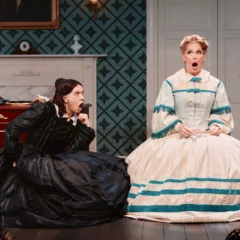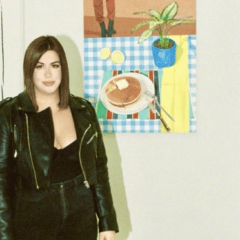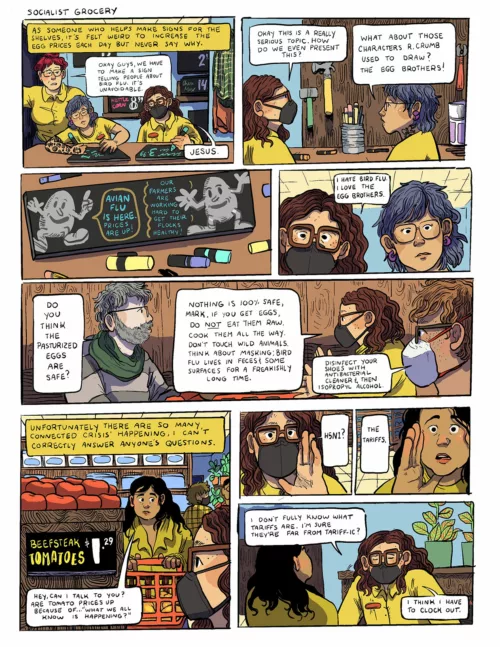Shared Vision Exhibition Review
by Kaila Moise
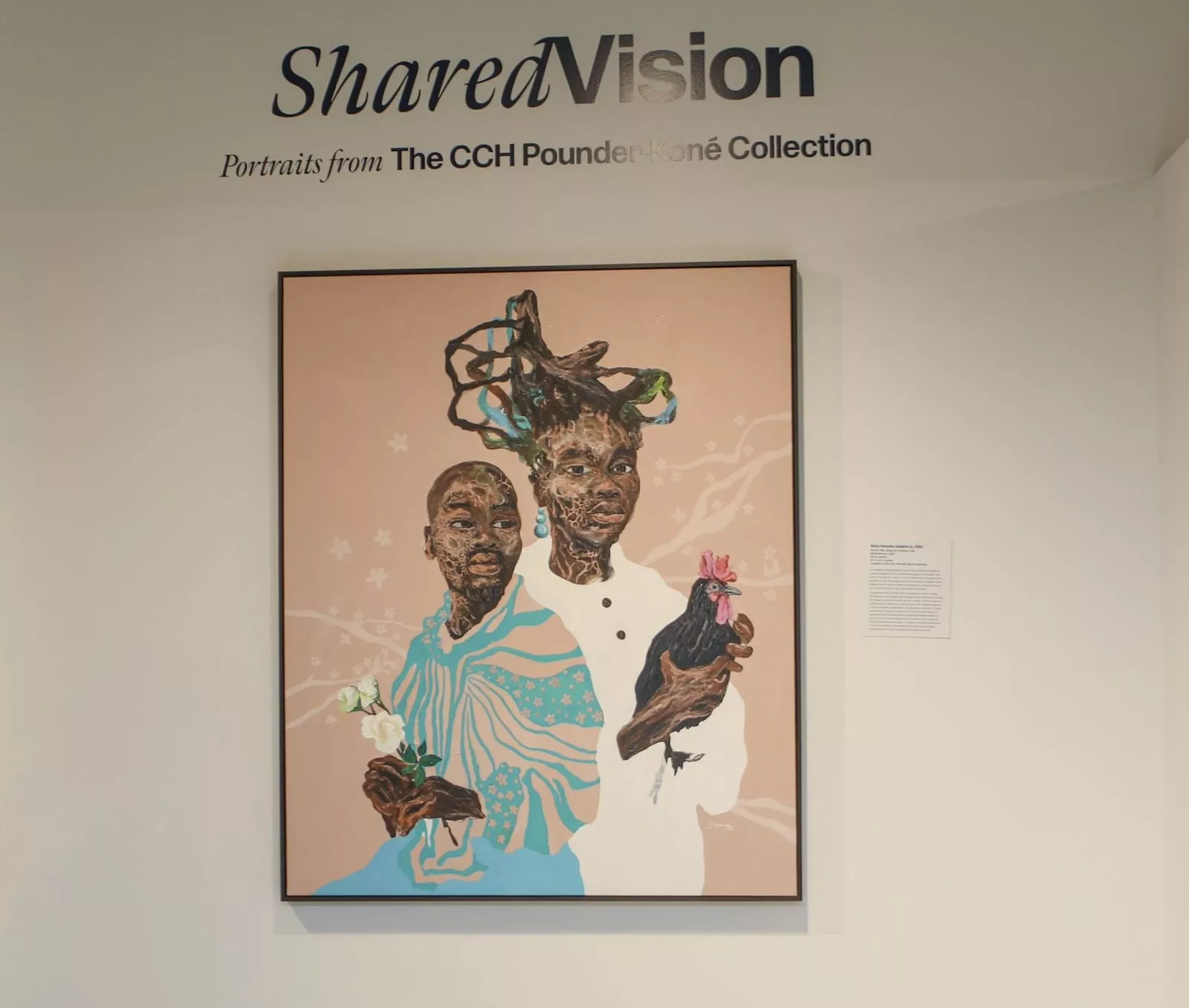
The Shared Vision exhibition at the African American Museum in Philadelphia is a powerful celebration of Black womanhood, honoring its dignity, complexity, and resilience. Featuring over 40 portraits from actress and collector CCH Pounder’s CCH Pounder-Koné Collection, the exhibition asserts that Black women are not just to be seen but to be revered.
For centuries, Western art has objectified and marginalized Black women, often reducing them to symbols of servitude or rendering them invisible. Consider Laure, the maid in Édouard Manet’s Olympia (1863), whose presence is overshadowed by the painting’s central figure, reflecting a broader pattern of erasure. Shared Vision confronts this legacy, presenting Black women as active, commanding subjects whose stories deserve full recognition.
The exhibition showcases 40 works across diverse media by acclaimed artists like Bisa Butler, Elizabeth Colomba, Samella Lewis, and Lezley Saar, alongside rising talents such as Luke Agada and Alex Peter Idoko. Together, they explore themes of beauty, autonomy, and power, offering nuanced portrayals of the African Diaspora.
Sisqo Ndombe’s “Black Rooster” (2021) is a ubiquitous symbol of alertness, pride, and renewal, the rooster is used by Ndombe as a metaphor for Black identity and vigor through striking contrasts and dynamic composition. Representing the spirit of standing up in the face of hardship, the black rooster refers to themes of resistance and endurance.
In the framework of Shared Vision, the piece supports the exhibition’s goal of reclaiming and celebrating Black stories by providing a visual statement of pride that defies neglect or quiet. Ndombe’s use of rich textures and strong lines provides a tactile element to the painting, forcing viewers to think about how everyday symbols can have profound cultural meaning. Black Rooster asks visitors to explore what it means to be seen and heard, mirroring the exhibition’s overarching plea for recognition, dignity, and the honoring of Black experiences in art.
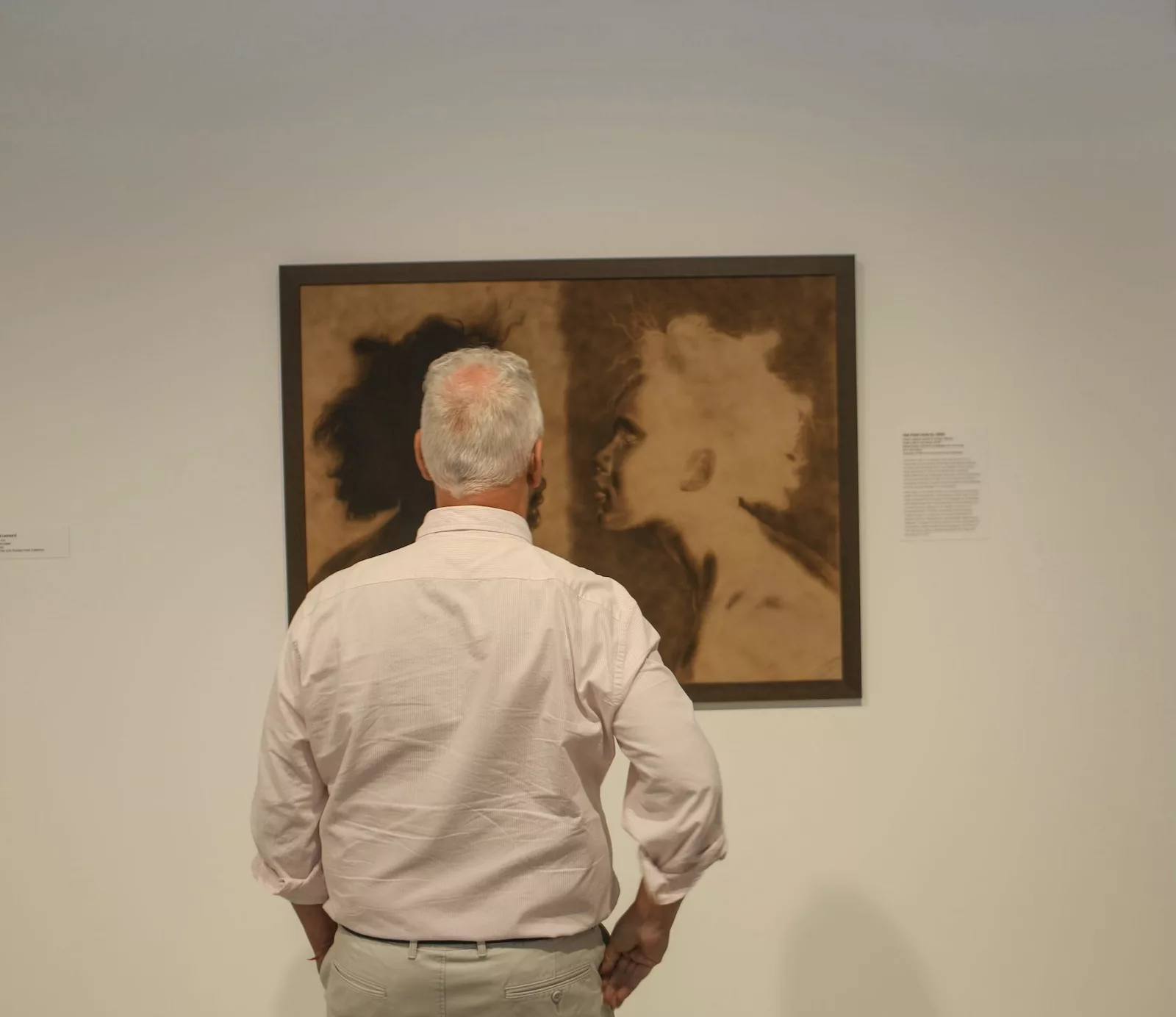
Similarly, Alex Peter Idoko’s “Deep Calls to the Deep” uses pyrography to explore identity and spirituality. Each burn mark contributes to a layered narrative of Black femininity, highlighting inner strength and community connection. The piece encourages viewers to look beyond surface appearances and reflect on legacy and perseverance.The title invokes a call from inside, signifying a dialogue between inner strength and exterior presence. This encounter is consistent with the exhibition’s emphasis on showing Black women in depth, tenacity, and complexity, rather than just surface-level imagery.
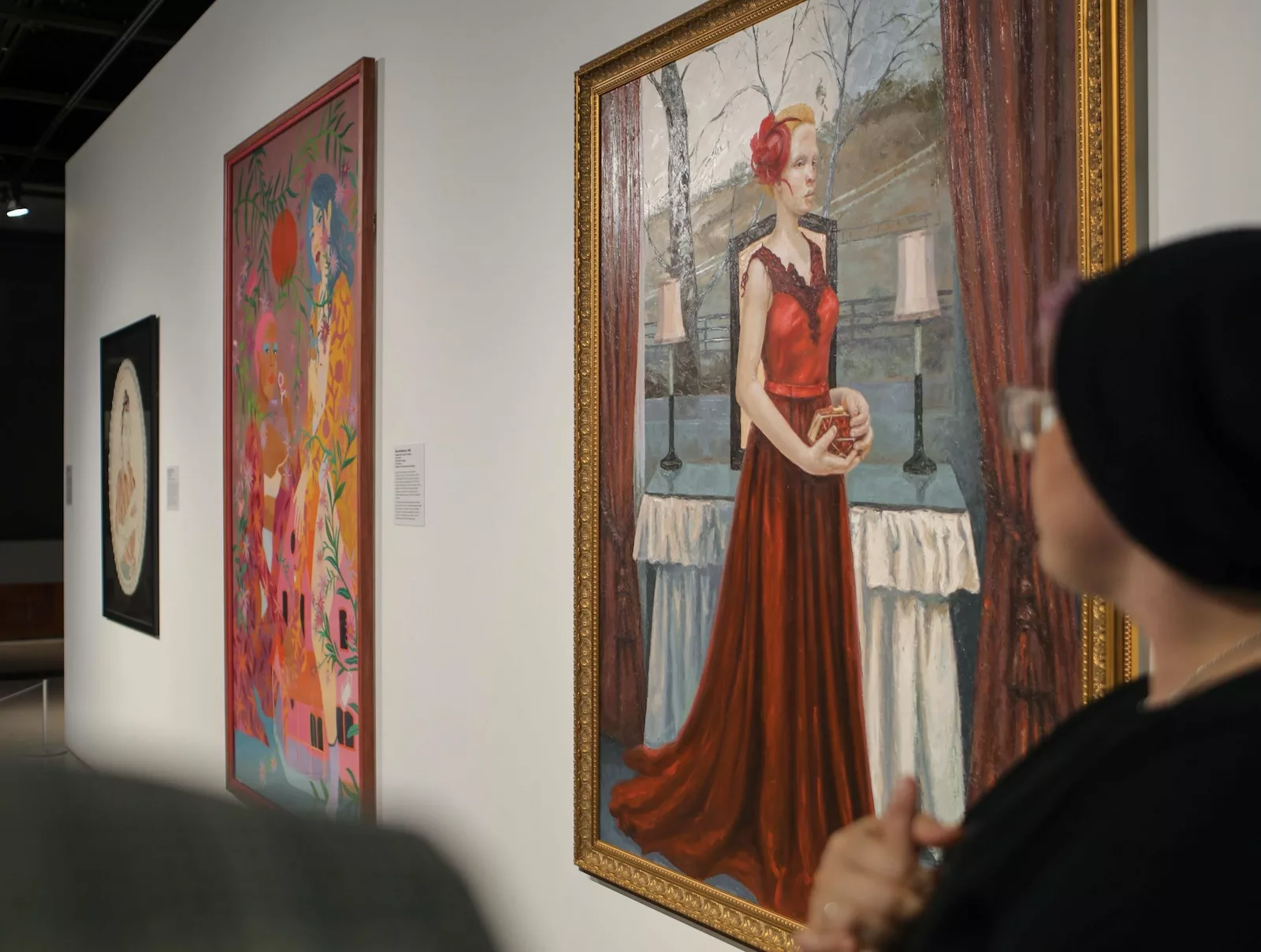
Izere Antoine’s “Fabiola’s Clutch” introduces Fabiola, a young Rwandan girl with albinism. Using thick impasto techniques, Antoine creates a tactile canvas where Fabiola’s poised expression and the carefully rendered clutch symbolize both personal identity and cultural history. Inspired by his mother’s resilience, Antoine highlights the challenges and strength of those living with albinism in Rwanda.
A key strength of Shared Vision lies in its portrayal of the multiplicity of Black womanhood. The collection ranges from hyperrealism to abstraction, reflecting the vastness of Black identity. Whether through textured depictions of an elder’s wisdom or surrealist forms capturing emotional complexity, each piece fosters an intimate dialogue between artist and subject. CCH Pounder, an advocate for art as storytelling, curates a collection that counters dominant narratives. Rather than mere portraits, these works reclaim space for Black women to be seen in their full humanity—bold, introspective, joyful, and resilient.
More than an exhibition, Shared Vision is a call to reimagine how we view and honor Black women in art. These portraits not only illuminate their subjects but also challenge viewers to confront long-standing biases, reminding us that representation is both a mirror and a window into the future of art.
‘Shared Vision: Portraits from The CCH Pounder-Koné Collection,’ at the African American Museum in Philadelphia, is up through Mar. 2, 2025.
About the author
Kaila Moise is an emerging writer and visual storyteller pursuing a degree in Animation and Game Arts at Moore College of Art and Design in Philadelphia. Passionate about blending narrative and visual media, Kaila explores innovative ways to tell stories through animation and interactive experiences. Their work often focuses on creating immersive worlds, vibrant characters, and meaningful narratives. With a deep appreciation for both traditional and digital mediums, Kaila aims to craft stories that inspire.
This post is part of a collaborative project between Artblog and Chenoa Baker’s Writing for Art and Design class at Moore College of Art and Design.




